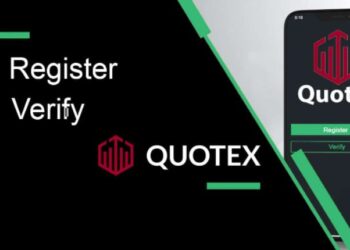Microloans are a type of credit that small businesses can take out. They typically don’t require collateral, and can be less expensive than other working capital loans / merchant cash advances. They are also often available through community development financial institutions or specialized lenders who serve certain communities. Microloans are made possible by online lending platforms that match people who wish to lend with those who want to borrow. These platforms earn money through fees that are added to the loan’s interest rate.
Interest Rates
Unlike other loans, 소액대출 are usually not secured by assets or guaranteed by the government. Instead, they are often backed by the promise that a business will repay its loan within a set timeframe. Borrowers are typically required to provide detailed financial information and may need to submit personal or business tax documents. Most microfinance lenders don’t use credit scores to determine loan eligibility, but borrowers can improve their chances by paying down debts or disputing errors on their credit report. Serious financial issues might disqualify a borrower from receiving a microloan.
In order to cover the costs of operating an MFI, microfinance institutions charge interest rates on their loans. These rates may appear high compared to those of other loans, but they also take into account the inflation rate of the country where the borrower lives. In addition, many MFIs charge additional fees such as a one-time loan origination fee or require borrowers to deposit a percentage of their loan amount into a savings account that pays a lower interest rate than the main loan.
Fees
There are a number of fees that come with microloans. Some lenders require that borrowers verify their credit history, and some may charge an application fee or review fee for processing paperwork. Other fees include the loan origination fee, which is typically a flat amount or a percentage of the total cost of the loan. These fees help lenders recoup their investment and cover administrative costs.
While these fees can make a microloan more expensive than other loans, they are largely a necessary expense for microlenders, who may rely on these funds to cover losses in times of high default rates, such as the COVID-19 pandemic or worldwide economic turmoil. In addition to these fees, many lenders impose subtle charges that effectively raise interest rates. For example, some microlenders offer “flat-rate” interest that does not decline as the outstanding balance decreases, which can double the borrower’s real interest rate. This practice is criticized for increasing the cost of the loans for small business owners.
Repayment Periods
A microloan  helps borrowers understand the costs and rates of different loans. It also accounts for fees like origination, application, and late charges that may not be visible in a lender’s advertised interest rate. This allows small businesses to find the best financing options. In addition to microloans, there are other business financing sources that do not require collateral, including small business grants, credit cards, invoice factoring, and financing companies that advance cash against unpaid invoices. Business owners should also consider personal loan options, which are typically less expensive than microloans. Some lenders do not consider credit scores when reviewing a microloan application, but serious financial issues may disqualify a borrower from receiving a loan.
helps borrowers understand the costs and rates of different loans. It also accounts for fees like origination, application, and late charges that may not be visible in a lender’s advertised interest rate. This allows small businesses to find the best financing options. In addition to microloans, there are other business financing sources that do not require collateral, including small business grants, credit cards, invoice factoring, and financing companies that advance cash against unpaid invoices. Business owners should also consider personal loan options, which are typically less expensive than microloans. Some lenders do not consider credit scores when reviewing a microloan application, but serious financial issues may disqualify a borrower from receiving a loan.
Collateral
Many microlenders don’t require any collateral for a loan. However, serious financial issues such as bankruptcy proceedings may disqualify a business from receiving a microloan. To improve its chances of a successful application, a business should review its credit score and fix any errors on its report. In addition, borrowers should be sure to gather all necessary financial documents. Because microloans are offered through peer-to-peer lending platforms, they are susceptible to economic risk. These risks can be diversified away by investing in several loans, but they are inherent in each individual loan.
Conclusion
Whether you’re looking for funds to restock your inventory or need furniture for a new office, a microloan can help. Learn about the eligibility requirements and best practices for this type of funding. Plus, find out how much it will cost you to invest in these loans.











